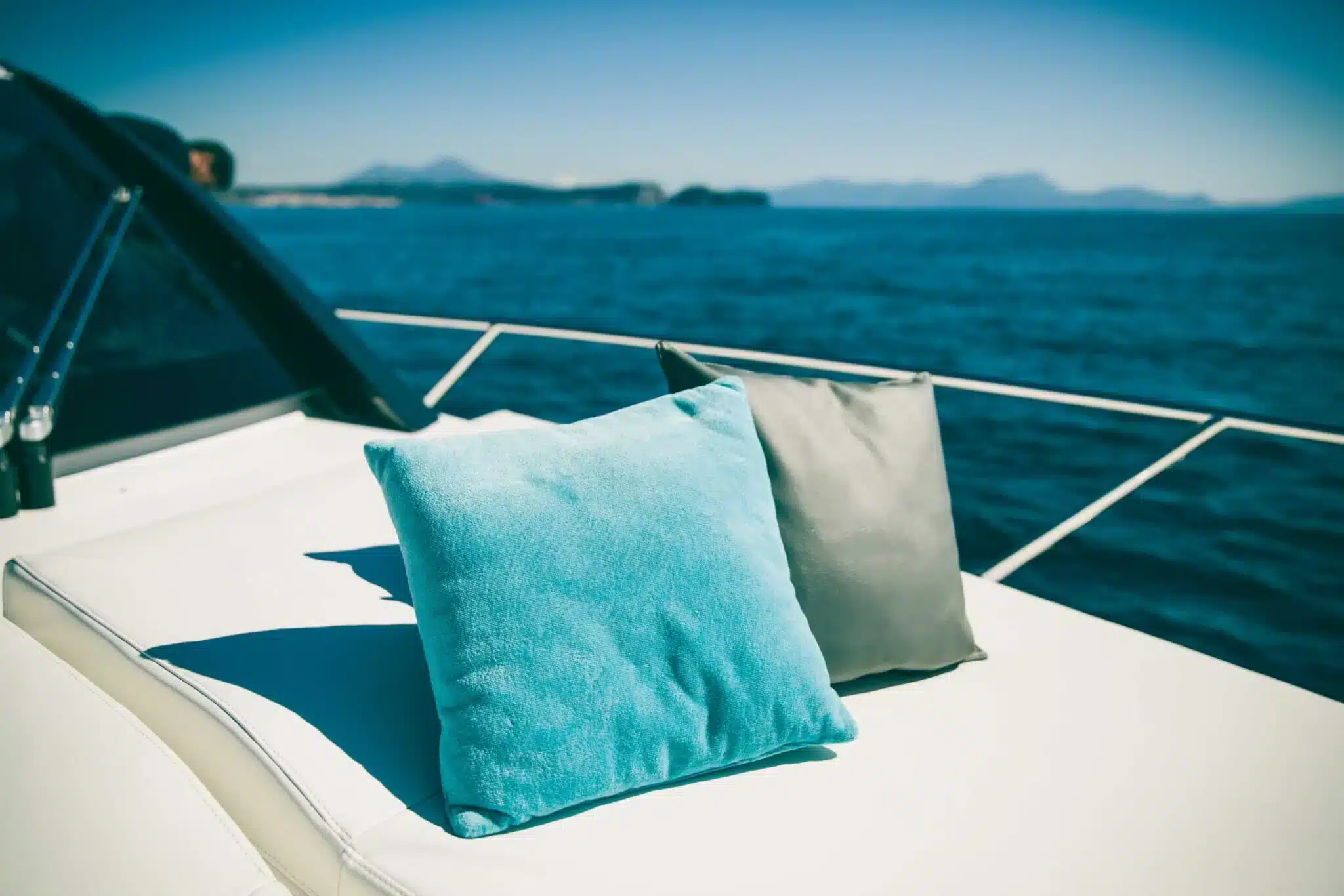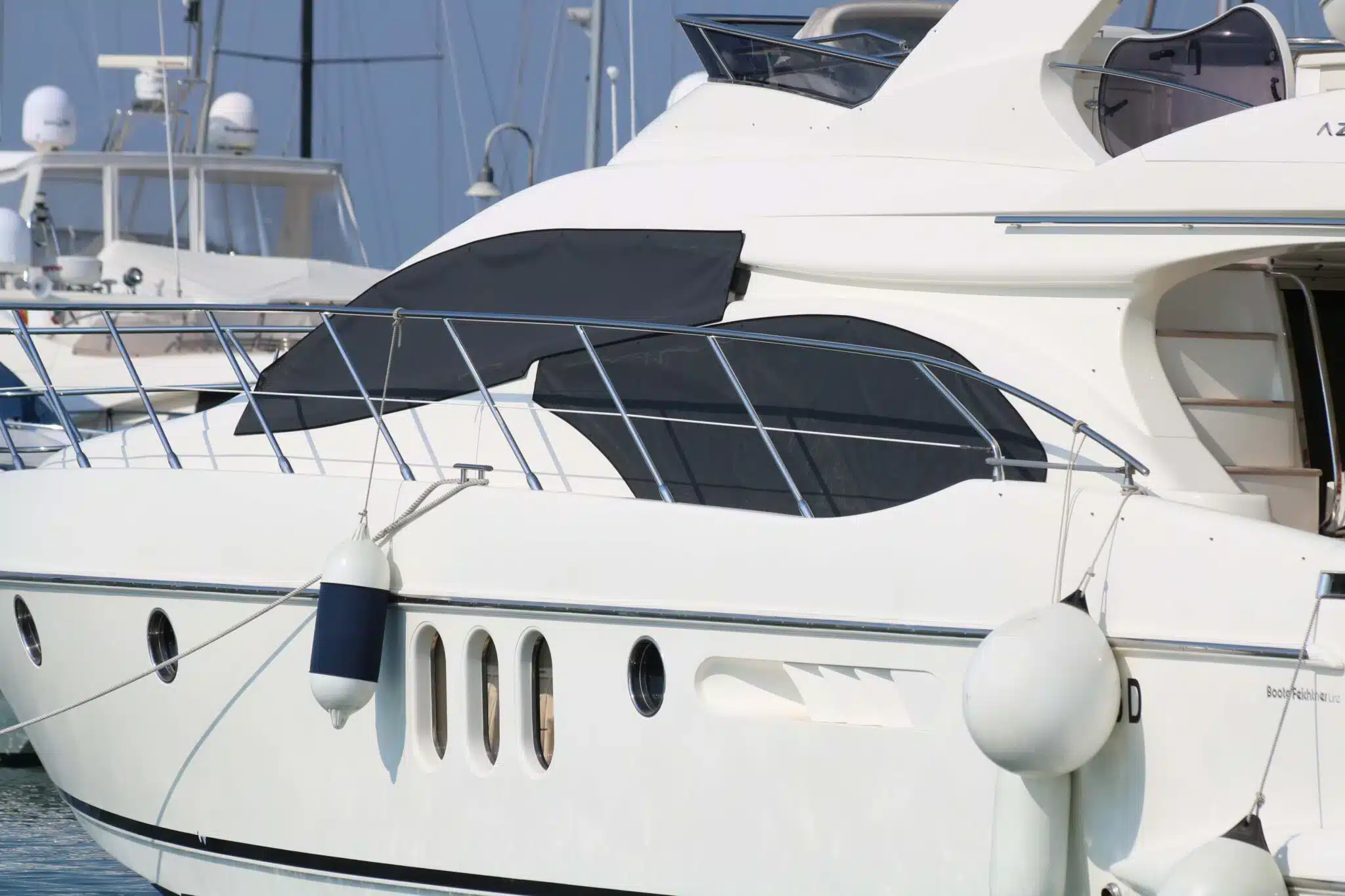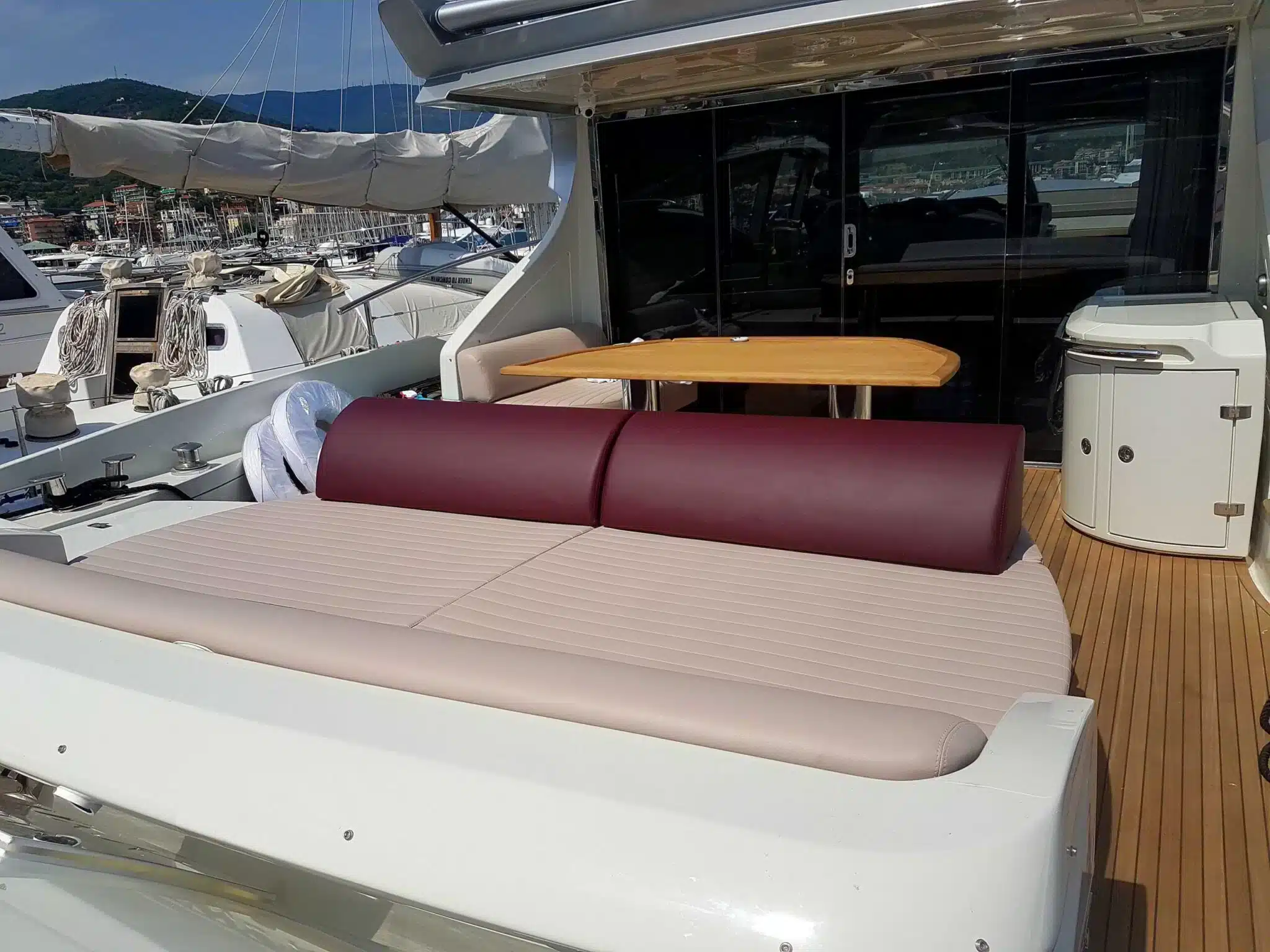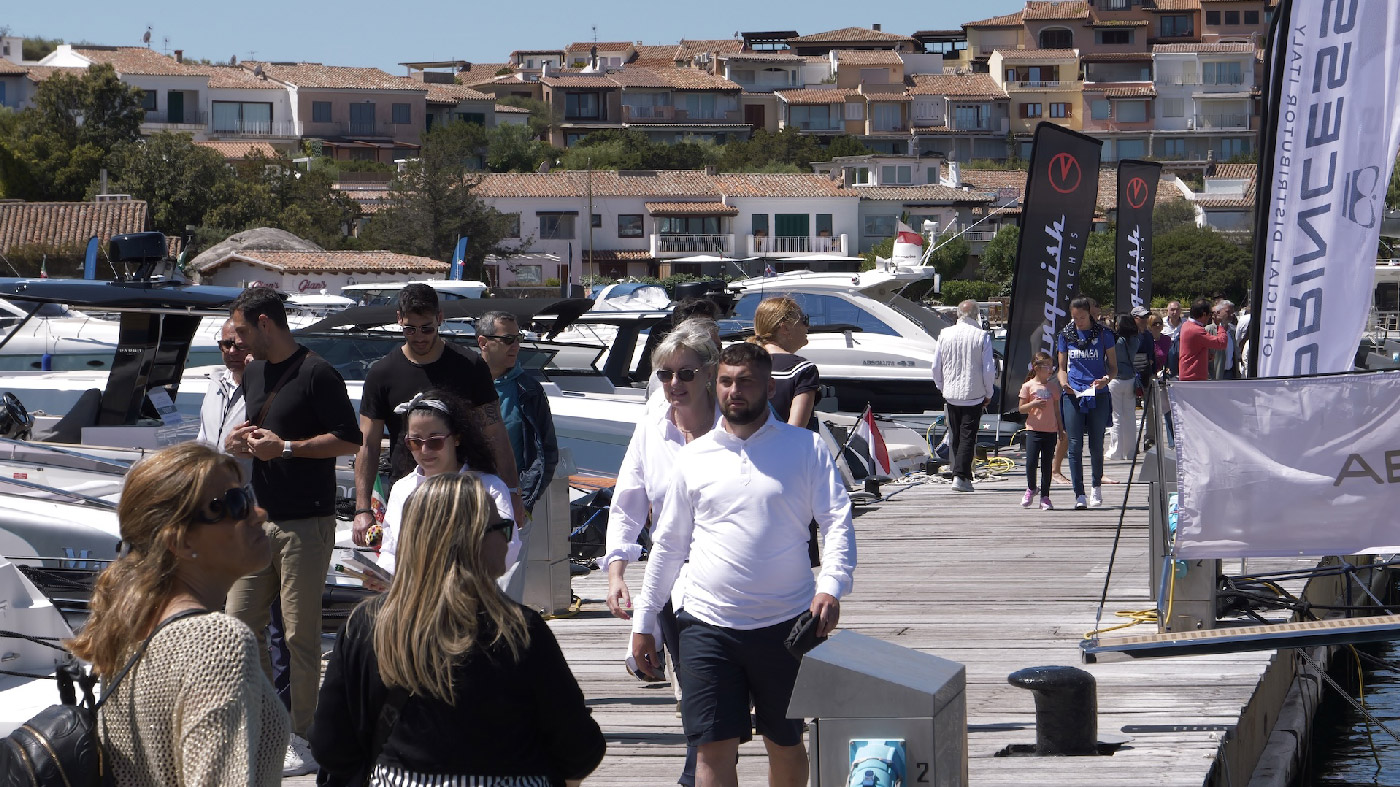As the beautiful season approaches, it’s time for boat owners to return to their boats to ensure everything is in order. In this regard, one of the aspects that can cause more trouble concerns boat textiles and cushions: indeed, they are nautical accessories that suffer greatly from humidity and therefore require some precautions to ensure long-lasting durability. But what are the best materials for boat cushions? How to maintain them and protect them from the sun and moisture? We discussed these topics with Mauro Costantini from CMC Design, an Italian company specialized in marine upholstery and boat textiles, who explains all the precautions to follow to manage boat fabrics effectively.
Boat Cushions: fabric selection and protection
The first aspect to consider is how to choose the best fabrics for marine cushions. “Often, it’s a challenging decision because you need to find the right balance between aesthetics and functionality – explains Costantini – First of all, make sure that all cushions are removable and washable. Even better, choose a stain-resistant fabric: it’s a feature that can greatly simplify the boat owner’s life.” Another important feature of marine cushioning is the presence of an inner lining: “This is a lightweight fabric that sits between the cover and the foam, serving as an important double protection to prevent damage to the cushion’s interior. Especially when removing the cover for washing”.
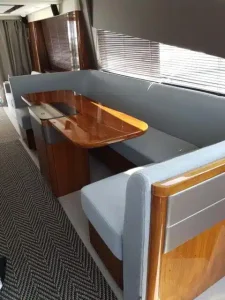
For those who really don’t want to give up real leather, Costantini adds, “there are treated leathers for outdoor use, the same ones used in car seats, which have more resistance. However, it’s still a raw material that tends to stiffen and break over time, which is why it’s being increasingly abandoned in boating.” However, regardless of the material composing the covers of boat cushions, “it can be useful to install an external covering on the windows: it’s a specific mesh that filters UV rays and helps protect both fabrics and furniture, as well as greatly reducing the heat inside the boat. Our company also provides this service, which is increasingly appreciated by boat owners”.
Marine Fabrics: proper washing
When it comes to washing nautical fabrics, CMC Design employs a very important precaution: “Whether they’re cotton or polyester, fabrics tend to shrink by about 5% after the first wash. This means significant reductions for larger textiles, such as curtains. So, it’s always important to pre-wash the fabrics. In our case, we directly wet the fabric roll before making the finished product like the cover or the curtain, to avoid the problem at its source and deliver fabrics to boat owners and shipyards that won’t shrink after the first wash”.
If you need to wash boat cushion covers, curtains, and all textile components of the boat, here are the expert’s tips: “Just like with clothes, always read the label with washing instructions. And if it’s not there or not found, you can contact the supplier who can provide all the necessary instructions. In the presence of particularly stubborn stains, such as those left by sunscreen, it’s still best to rely on a professional and competent cleaning service”.
“The inner foam of the cushions, however, absolutely cannot be washed – Costantini emphasizes – For this reason, we at CMC Design use a special type of open-cell foam that allows water to penetrate and exit without soaking the cushion. This is a very important aspect, especially for external boat cushions, which are more exposed to moisture”.
Maintenance of outdoor cushions
One of the biggest problems that boat owners face after winter is the presence of mold and mildew on outdoor cushions. In this regard, Costantini advises: “The most serious mistake you can make is leaving the cushions all piled up in a cabin. During winter, the boat is a very humid environment, where condensation forms that can seriously damage boat cushions. Even if you put salt boxes to absorb moisture, they will never be enough to avoid the problem. Therefore, it’s important to remove all boat cushions and keep them in a dry environment during winter, preferably not stacked together but spaced apart.”
For those who don’t have the opportunity or time to take care of this task, CMC Design offers a useful service: “We take care of the storage of boat cushions, which includes pickup, professional cleaning of the covers, any repair of damaged fabrics, and delivery at the beginning of the season.”
For further information, please visit: www.cmcdesign.it

